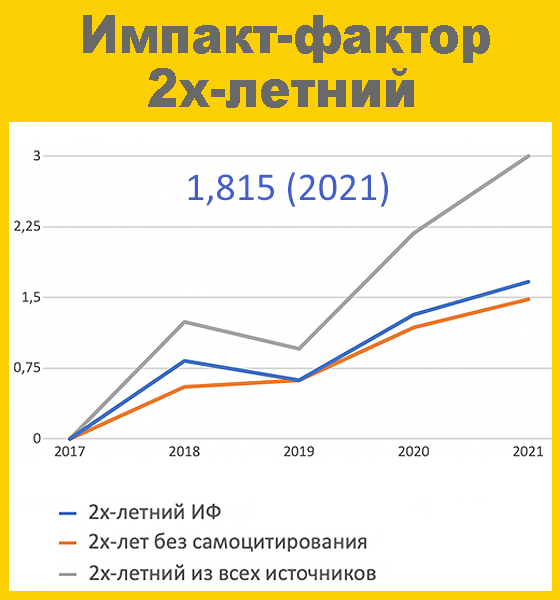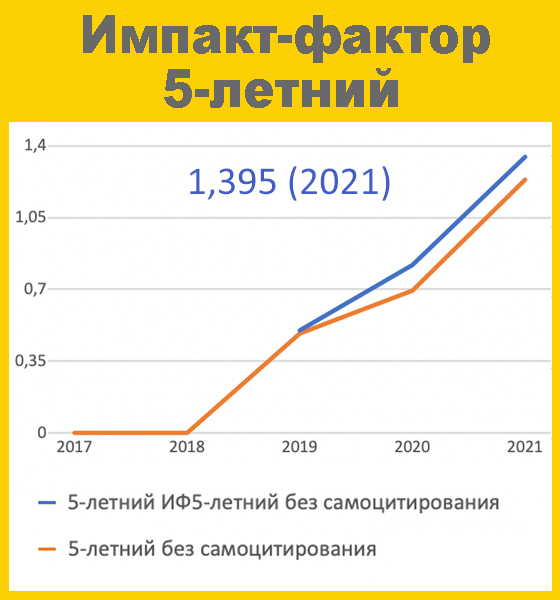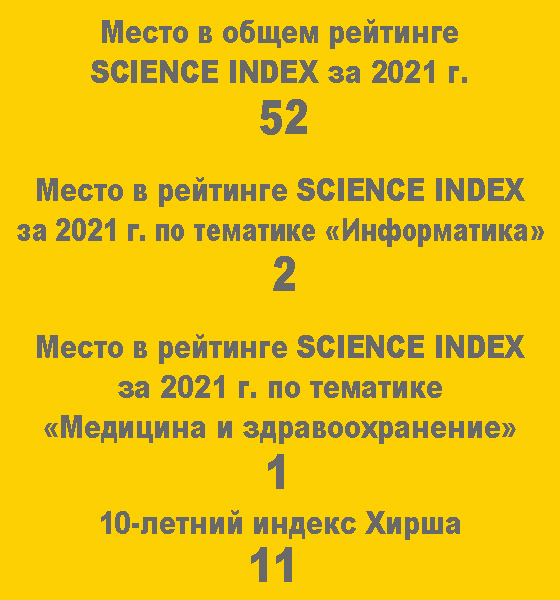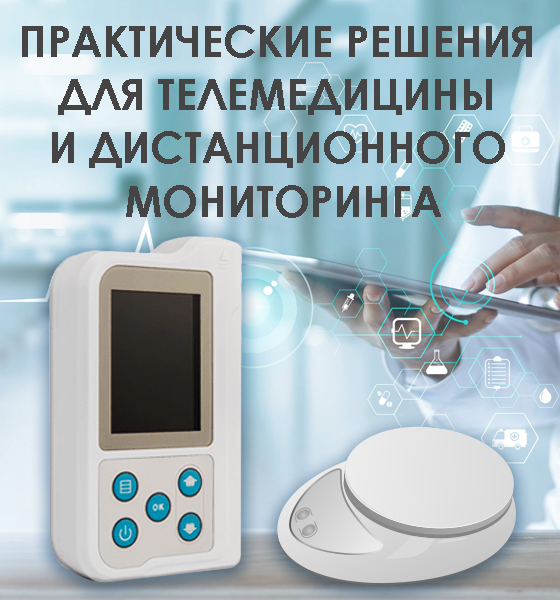Digital technologies for health promotion and disease prevention in older adults DOI: 10.29188/2712-9217-2025-11-1-7-22
- Shaderkin I.A. – PhD, Head of the Digital Department of the Center for Digital Medicine of the Institute of Digital Biodesign and Modeling of Living Systems of the Scientific and Technological Park of Biomedi- cine of the Federal State Autonomous Educational Institution of Higher Education First Moscow State Medical University named after I.M. Sechenov of the Ministry of Health of Russia (Sechenov University), Leading Researcher of the Department of Scientific Foundations of Healthcare Organization of the FSBI «Central Research Institute for Organization and Informatization of Health Care» Ministry of Health of Russia; Moscow, Russia; RSCI Author ID 695560, https://orcid.org/0000-0001-8669-2674
- Shaderkina V.A. – Scientific editor of the urological information portal UroWeb.ru; RSCI Author ID 880571, https://orcid.org/0000-0002-8940-4129
 80
80 Introduction. Population aging poses new challenges to healthcare systems. Older adults often live with multiple chronic conditions, limited mobility, and a need for continuous monitoring. Digital technologies offer innovative approaches to promoting health and preventing disease exacerbations in this population, enhancing accessibility and personalization of care.
Objective. To identify digital technologies that older adults can independently use for disease prevention and health promotion.
Materials and Methods. Key categories of digital solutions were analyzed, including telemedicine (remote consultations and monitoring), wearable devices (fitness trackers and sensors), digital therapeutic applications, and artificial intelligence algorithms for diagnosis and risk prediction.
Results. Digital interventions demonstrated proven effectiveness across various medical domains. Telemedicine reduced blood pressure and depressive symptoms among older patients, while wearable devices enabled continuous health monitoring, early detection of abnormalities, and prevention of complications. Digital therapeutic programs showed strong outcomes, achieving insomnia remission in nearly 50% of participants. Artificial intelligence algorithms are being applied for early disease detection and fall-risk prediction. Major barriers to adoption include digital inequality – about 25% of older adults lack internet or mobile access – as well as data security issues, regulatory constraints, and challenges in integrating digital technologies into healthcare systems.
Conclusions. Digital technologies can significantly improve the health and quality of life of older adults, but targeted efforts are required to overcome existing barriers. Recommended actions include reducing the digital divide, adapting digital services for aging users, improving regulatory frameworks, expanding education and training, and conducting broader research to evaluate new technologies and their effectiveness.
| Attachment | Size |
|---|---|
| Download | 629.27 KB |
















































